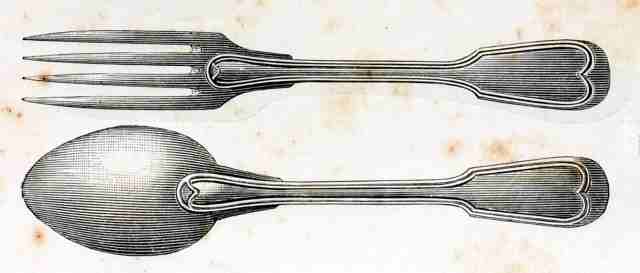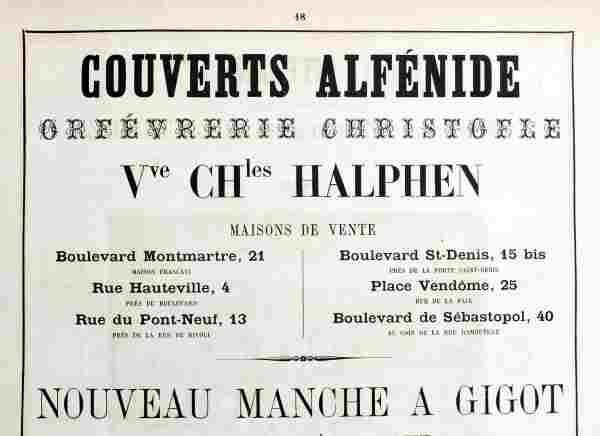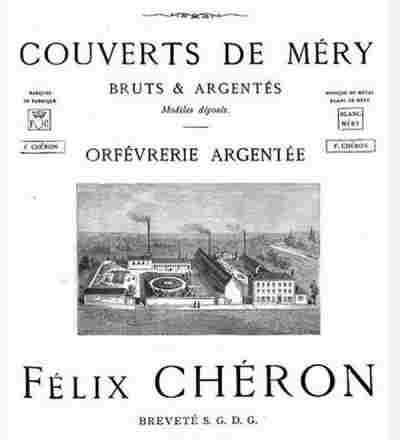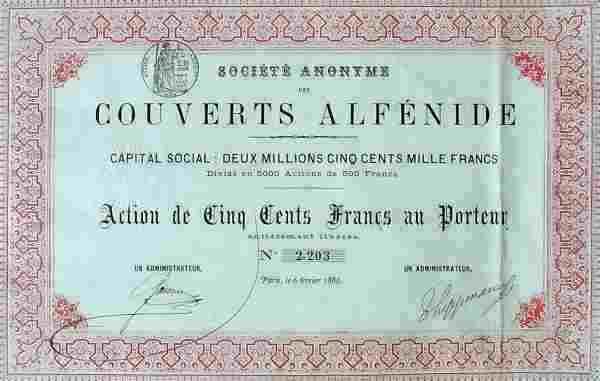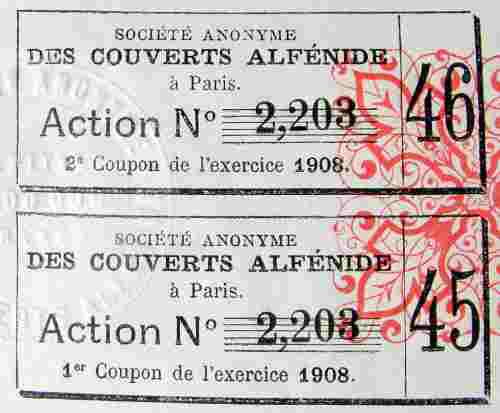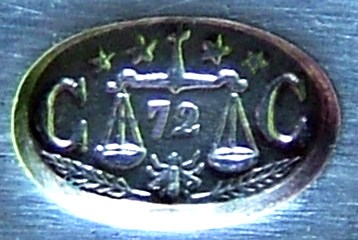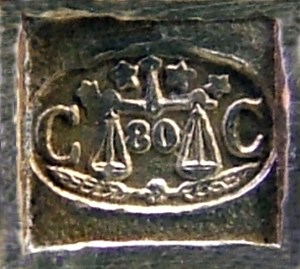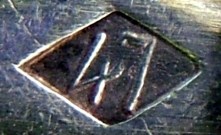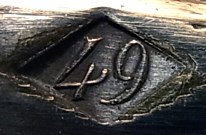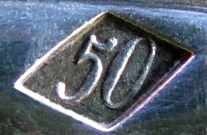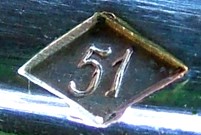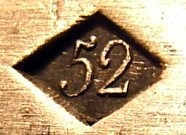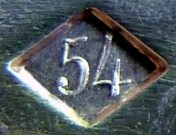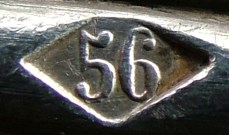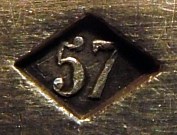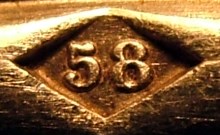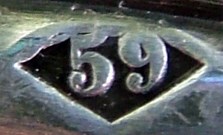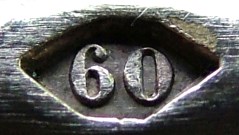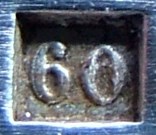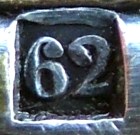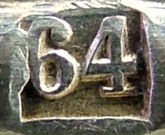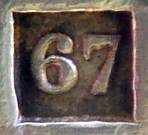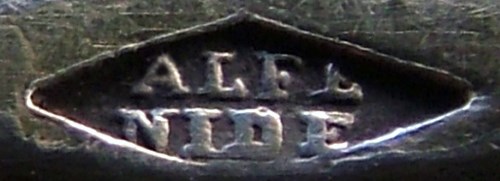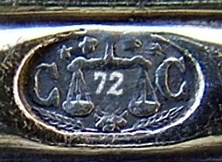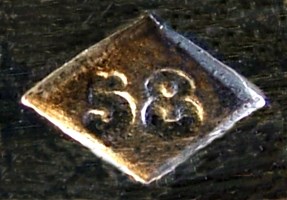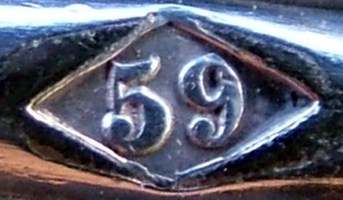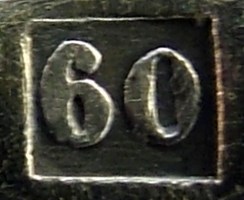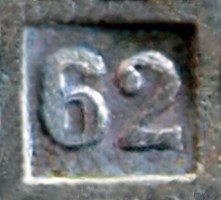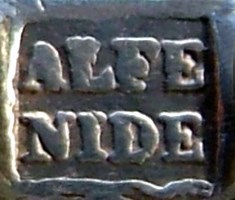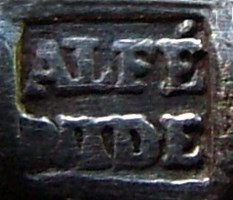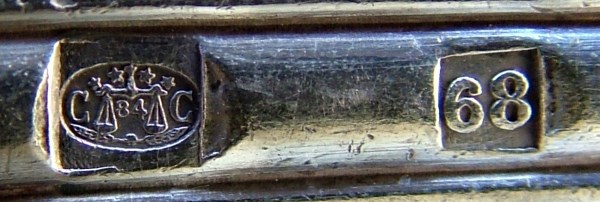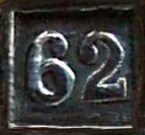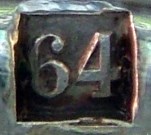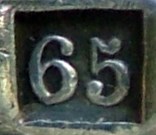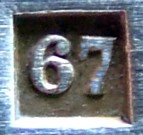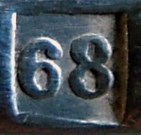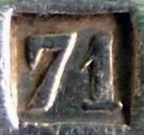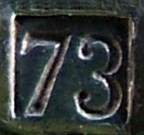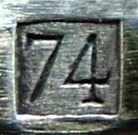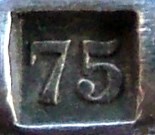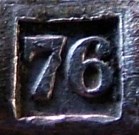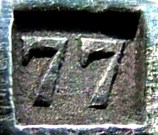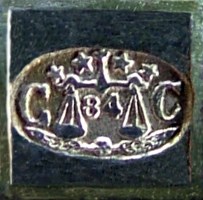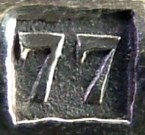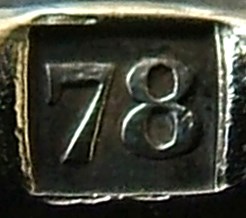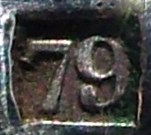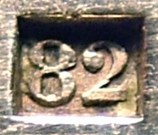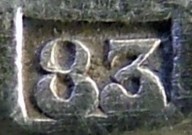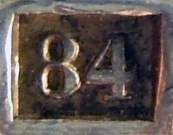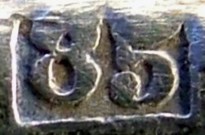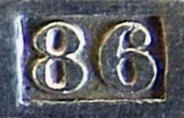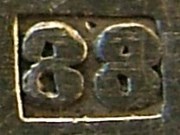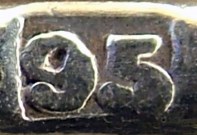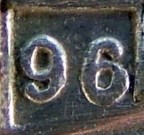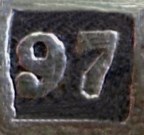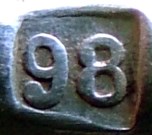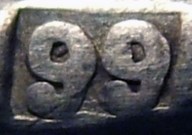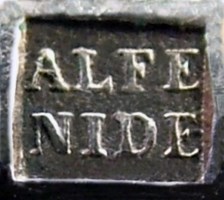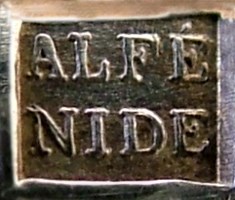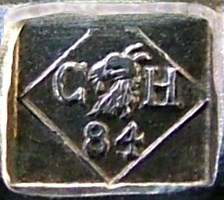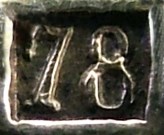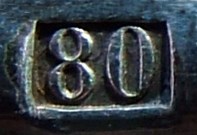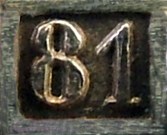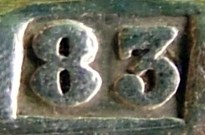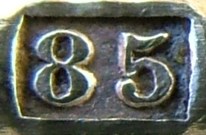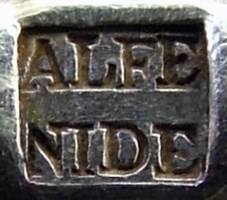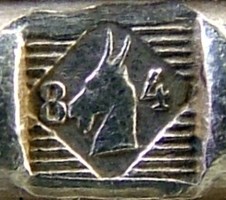https://remont-okon78.ru/raznoe/bulava-iz-cepi-i-ejo-ispytanie.html
Кистень – ударное оружие Эффективность применения кистеня заключается в большой скорости, которую развивает во время удара небольшой по весу груз. В древности с его помощью легко оглушали человека в доспехах, а противнику, лишённому защиты, можно было нанести серьёзные повреждения, вплоть до переломов костей. Правда, цепом, моргенштерном и другими типами оружия необходимо уметь пользоваться: без выработки определённых навыков они не принесут никакой пользы. Устройство кистеня чрезвычайно просто. «Било», небольшая гирька, грузик весом 200-300 граммов, прикреплялся к сыромятному ремню, иногда прочной верёвке или цепи. Некоторые кистени имели по два груза. Другой конец привязи соединялся с короткой деревянной рукояткой или заканчивался петлёй надевавшейся на руку. Человек, обученный бою кистенём, легко мог его сделать при необходимости из подручного материала, что называется «на коленке». Древнейшие находки восточноевропейских кистеней связаны с кочевым Юго – Востоком. Они встречены в нижнем Поволжье и Подонье и датируются IV – IХ вв. По-видимому, из этих областей кистени проникли на Русь, где обнаружены в памятниках Х в. Именно к этому и последующему времени относится группа костяных кистеней. Они обычно яйцевидной формы с продольным отверстием по оси, куда вставлялся железный стержень с петлей на одном конце (для скрепления с веревкой или ремнем), заклепкой на другом. Эти гири, как правило, сделаны из наиболее тяжелой и плотной кости – из рога лося. Уже со второй половины Х в. устанавливается их общерусское распространение (Новгород, Екимауцы). Бытуют костяные кистени до XIII в. включительно. Знала кистень и Европа. Широкое распространение он получил в XV веке во времена крестовых походов на Чехию, католическое население которой заявило о несогласии с главенством папы. Представители чешского религиозного движения – гуситы – применяли тяжёлый цеп настолько эффективно, что вскоре он появился и среди арсенала представителей воинской знати. Во времена Средневековья издавалось множество трактатов, в которых подробно разбиралась техника владения этим оружием. Разницы между боевыми и обычными цепами вначале практически не существовало – цепы использовались для обеих целей. При развитии бьющую часть утяжеляли, добавляли шипы, потом разделили более удобной цепью и значительно уменьшили её. До наших дней практически неизменным дошёл лишь один вид этого оружия – нунчаки. Более эффективна так называемая «утренняя звезда» — булава с ядром на цепи, утыканным шипами. Преимущество цепи перед “жёстким соединением” на двух – трёх кольцах очевидно: защититься от ядра на цепи гораздо сложнее. При определённой сноровке возможно даже обвить цепью оружие противника и вырвать его из руки. Меч, топор, копье хороши тем, что это практически всегда управляемое оружие. Воин точно знает, куда хочет попасть и будучи тренированным, промахивается только по вине юркого противника. А вот как сражаться моргенштерном, если у него полуметровая цепь и любое неосторожное движение способно отправить на тот свет своих же, стоящих рядом? Скорее всего — никаких лишних движений, никаких шаолиней с нунчаками. Удар, затем оттягивание оружия назад, снова удар. Методично, как на обмолоте пшеницы, раз за разом. Что же касается боевого цепа, то давайте просто посмотрим на рисунки Паулюса Гектора Майра, который жил в Германии в 16 веке и оставил нам красочный учебник фехтования. Одно только «но». Мы увидим технику поединка, но на войне, когда один строй пехоты теснил другой, обычно поступали проще. Удары — вероятно — или согласовывали на «раз-два», или наносили неожиданно, в тот момент, когда противник меньше всего думал о защите головы. Лучшие из гуситских воинов, которые специализировались на работе с цепом, были обучены наносить этим оружием до 30 ударов в минуту. Будем честны: попытка противостоять умелому мечнику или копейщику, нанося один удар в две секунды, просто смешна, какова бы ни была мощь удара. Однако смешно это лишь до тех пор, пока умелый фехтовальщик не попробует штурмовать крепостную стену или хотя бы телегу вагенбурга. Копейную стену пехота в ту пору ещё не очень хорошо умела выстраивать, потому и работала «от укреплений» тележного табора, используя в качестве козыря сперва арбалетный и огнестрельный залп — а потом скорее цеп, чем длинномерное копьё. В таком бою гуситская ставка делалась на затруднённость маневрирования или на один удар — первый. Но вообще-то, когда гуситам попадался полностью одоспешенный рыцарь, им приходилось для достижения основательных результатов «месить» его долго, целой толпой. Кистени, цепы и моргенштерны были достаточно массовым оружием, они применялись самыми разными слоями населения в самых разных вооружённых конфликтах — и это делает данную группу ударно-дробящего оружия в определённой мере уникальной. Посещая различные оружейные и исторические музеи, не забывайте обращать внимание на незаметные порой в витринах сочетания рукояти, цепи и била — у них богатая, очень богатая история. Образец с семью шипами, относительно короткой, на 12 звеньев, цепью и железным «стаканчиком», который надевался на рукоять моргенштерна. На «стаканчике» виден кружок — это шляпка гвоздя, который надежно фиксировал древко. Немецкий кистень XVII или даже XVIII века. Сделан довольно грубо, при этом весьма опасен — типичное народное оружие. Вместо гирьки — железная скоба, при сильном ударе способная на многое. Вполне вероятно, что для усиления удара к ней могли крепить какой-нибудь дополнительный груз. Рукоять отсутствует, осталась лишь квадратная в сечении втулка, надевавшаяся на рукоять. Еще один немецкий кистень — но для людей более богатых и скорее всего. более родовитых. Оружие предназначено для всадника. Квадратная в сечении рукоять отлично лежит в руке, и даже если ладонь воина вспотеет, не провернется в ней. Учитывая огромную инерционность при работе кистенем это весьма важное и полезное свойство. Рукоять изготовлена из дерева, но сверху прикрыта металлическими полосами — как мы помним, для XV — XVI веков такое усиление рукоятей было принято по всей Европе. Полосы имеют фигурные отверстия, через которые видна медная подложка. Било на этом образце, скорее всего, было изготовлено специально под кистень, а не снято со старого меча. Оно достаточно аккуратно смотрится и пусть вас не смущают его скромные размеры. Дело в том, что если привязать свинцовую гирьку, размером с грецкий орех, к палке, то сила удара таким кистенем составит 16 кг на квадратный сантиметр. Если даже такого скромного размера хватает, чтобы выбить дух из противника, то делать гирьку кистеня больше бессмысленно. Удар и так мощный, а вот чтобы управляться с ним потребуется гораздо больше сил, нервов и здоровья. Моргенштерн, кистень и боевой цеп Дешево и сердито — именно под таким лозунгом над полями сражений взошла утренняя звезда. По-немецки «утренняя звезда» — моргенштерн и сегодня мы говорим именно про это страшное оружие. Технически оно сделано очень просто — есть груз («било») и рукоять. Между ними гибкая перемычка. Основное правило — чтобы не отхватить себе по пальцам, ударная часть должна быть короче рукояти. Впрочем, иногда это правило нарушалось. Существует несколько видов: Кистень и цепной моргенштерн — костяная, деревянная либо металлическая гирька на цепи или кожаном ремне, часто снабженная рукоятью. Для дальнейшей простоты понимания давайте условимся так: если гирька имеет шипы, то это цепной моргенштерн, а если без них — то кистень. Боевой цеп — оружие для двух рук. Происходит от сельскохозяйственного инструмента с несколькими отличиями. Отличие от молотильного инструмента — шипы и цепь вместо кожаного ремня, соединяющая рукоять и било. Отличие от моргенштерна — ударная часть не в виде гирьки, а в виде палки, окованной металлом. Дальше мы обсудим каждый вид отдельно. Кистень в Западной Европе В Западной Европе кистени были также известны. В Германии, например, их называли Kriegsflegel, Kettenmorgenstern, ну и далее — просто «morgenstern» («моргенштерн»). Вот несколько таких примеров: Общая длина около 56 см. Датируется XVI веком, однако уже тогда был собран из старых деталей. Например, ударная часть — било — когда-то была навершием меча. Рукоять кистеня деревянная, обтянута кожей. С обратной стороны предусмотрено железное кольцо, видимо для темляка — веревочной или кожаной петли, не дающей потерять оружие в бою. Немецкий кистень XVII или даже XVIII века. Сделан довольно грубо, при этом весьма опасен — типичное народное оружие. Вместо гирьки — железная скоба, при сильном ударе способная на многое. Вполне вероятно, что для усиления удара к ней могли крепить какой-нибудь дополнительный груз. Рукоять отсутствует, осталась лишь квадратная в сечении втулка, надевавшаяся на рукоять. Еще один немецкий кистень — но для людей более богатых и скорее всего. более родовитых. Оружие предназначено для всадника. Квадратная в сечении рукоять отлично лежит в руке, и даже если ладонь воина вспотеет, не провернется в ней. Учитывая огромную инерционность при работе кистенем это весьма важное и полезное свойство. Рукоять изготовлена из дерева, но сверху прикрыта металлическими полосами — как мы помним, для XV — XVI веков такое усиление рукоятей было принято по всей Европе. Полосы имеют фигурные отверстия, через которые видна медная подложка. Читать еще: Как сделать хамам своими руками Било на этом образце, скорее всего, было изготовлено специально под кистень, а не снято со старого меча. Оно достаточно аккуратно смотрится и пусть вас не смущают его скромные размеры. Дело в том, что если привязать свинцовую гирьку, размером с грецкий орех, к палке, то сила удара таким кистенем составит 16 кг на квадратный сантиметр. Если даже такого скромного размера хватает, чтобы выбить дух из противника, то делать гирьку кистеня больше бессмысленно. Удар и так мощный, а вот чтобы управляться с ним потребуется гораздо больше сил, нервов и здоровья. Еще один занятный образец кистеня с граненым билом. И опять с использованием навершия от меча! На этот раз — в рукояти. Вполне возможно, что его не снимали с меча, а задействовали сразу все его рукоять. Поскольку этот кистень был изготовлен примерно в 1520 году, во времена широкого распространения двуручных мечей, все может быть. По-крайней мере, проще переделать уже готовую рукоять от меча, который, например, был сломан, чем снимать навершие и переставлять на рукоять кистеня. При том, что никто вокруг так не делает. И да, еще очень интересна цепь, которой било закреплено на рукояти. Больше всего она похожа на велосипедную! Цепной моргенштерн в Западной Европе Этот злой образец — из Германии то ли XVI, то ли XVII веков. Овальное било с пятью четырехгранными шипами действует по принципу «один удар — один труп». На конце цепи — кольцо, за которое цепь и било крепились к рукояти. Длина цепи 45,5 см. Найдена эта адская конструкция была при раскопках и некоторое время назад выставлялась на аукцион. Аналогичный немецкий моргенштерн, примерно той же самой поры. Так же пять шипов, цепь с кольцом для крепления на рукояти. Правда цепь заметно длиннее — 94 см. Рукоять отсутствует. Это не значит, что все моргенштерны выглядели на одно лицо. Вовсе нет. Перед нами образец с семью шипами, относительно короткой, на 12 звеньев, цепью и железным «стаканчиком», который надевался на рукоять моргенштерна. На «стаканчике» виден кружок — это шляпка гвоздя, который надежно фиксировал древко. Боевой цеп в Западной Европе Вообще классический пример боевого цепа — на этом самом фото. Если с ударной части снять шипы, можно использовать его на сельхозработах. И опять Германия, опять XVI-XVII века. Общая длина этого боевого цепа — 178 см. А вот этот образец сложно отнести или только к боевым цепам или только к моргенштернам. Оно и верно — классификации надо было придумывать до, а не после. Оружие же тогда делали исходя из пожеланий клиента и удобства в бою. Вся конструкция — железная. Шипы приклепаны к основе, с противоположной стороны легко разглядеть кружки — это расклепанные головки заклепок. Длина 69 см. Как этим всем сражались? Меч, топор, копье хороши тем, что это практически всегда управляемое оружие. Воин точно знает, куда хочет попасть и будучи тренированным, промахивается только по вине юркого противника. А вот как сражаться моргенштерном, если у него полуметровая цепь и любое неосторожное движение способно отправить на тот свет своих же, стоящих рядом? Скорее всего — никаких лишних движений, никаких шаолиней с нунчаками. Удар, затем оттягивание оружия назад, снова удар. Методично, как на обмолоте пшеницы, раз за разом. Что же касается боевого цепа, то давайте просто посмотрим на рисунки Паулюса Гектора Майра, который жил в Германии в 16 веке и оставил нам красочный учебник фехтования. Одно только «но». Мы увидим технику поединка, но на войне, когда один строй пехоты теснил другой, обычно поступали проще. Удары — вероятно — или согласовывали на «раз-два», или наносили неожиданно, в тот момент, когда противник меньше всего думал о защите головы. Здесь видно как воин слева набросил свой боевой цеп поверх оружия противника, уводя его с линии атаки. Зная, что в средневековой Европе бой с оружием и бой рукопашный не разделяли в отдельные дисциплины, можно предположить, что вскоре последует какой-нибудь подлый удар в уязвимую зону противника. Кажется, что в руках бойца справа длинная дубина, однако присмотревшись, можно увидеть, что это всего лишь распрямившийся при ударе боевой цеп. Воину слева (и его родным) остается принимать соболезнования. Боевой цеп — оружие инерционное. Если ваш противник промахнулся, торопитесь — у вас есть доля секунды на то, что бы прижать его оружие к земле и нанести свой сокрушительный удар. Мертвая зона есть у любого оружия. Пожалуй только у меча ее нет — если не рассматривать удар плашмя. Но и там можно схитрить с выгодой для себя. Например, резко подскочить к противнику как можно ближе. Дело в том, что рубящий удар мечом только тогда силен и страшен, когда вас бьют частью клинка между его серединой и острием. Соответственно, возле эфеса он гораздо слабее. Тоже самое и с дубиной, так что возьмите совет на вооружение, кто знает, когда и как в жизни пригодиться. Но у нас боевой цеп, а законы физики все те же. Воин справа максимально приблизился к своему противнику, резко снижая вред от удара боевым цепом, и сам отвесил неслабый удар в голову. Судя по всему, через секунду головы уже не будет. Ну здесь прямо картина «Опять двойка». Это скорее предостережение — если у вашего противника боевой цеп, всегда держите его в поле зрения. И последний на сегодня урок от Паулюса Гектора Майра: использовать ресурсы своего оружия следует на 200%. Например, можно просто ударить в лицо шипами, которые закреплены на ударной части боевого цепа. Силы много прилагать не следует, а вред противнику будет весьма немалый. Фото — аукцион hermann-historica, википедия.
© 2021, Авторские права защищены! Ссылка при копировании обязательна! | Источник: remont-okon78.ru


